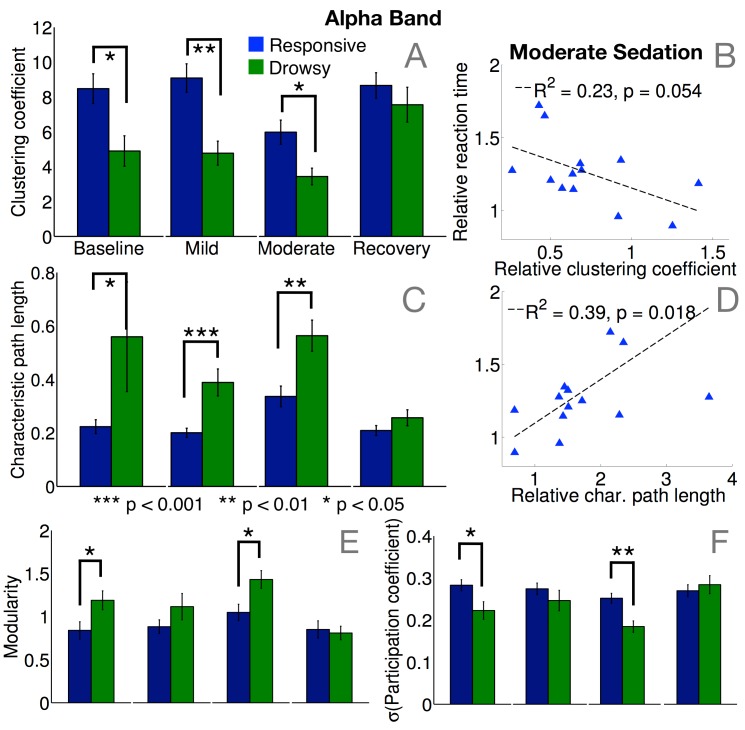Fig 3. Summary of alpha connectivity changes.
There were significant differences in the levels of local clustering (A) and global path lengths (C) between responsive and drowsy groups during mild and moderate sedation. Alpha networks in the drowsy group were hence significantly less locally and globally efficient. Crucially, these differences between the groups were apparent even at baseline, when the groups were behaviourally indistinguishable. Within the responsive group, decreasing levels of local (B) and global (D) efficiency were associated with slowing of reaction times during moderate sedation, relative to baseline. There were also significant differences in meso-scale modularity (E) and the presence of hub-like nodes with high participation coefficients (F) between responsive and drowsy groups during moderate sedation. Alpha networks in the drowsy group were more modular, with weaker hubs, even at baseline. Error bars depict standard error of the mean.

